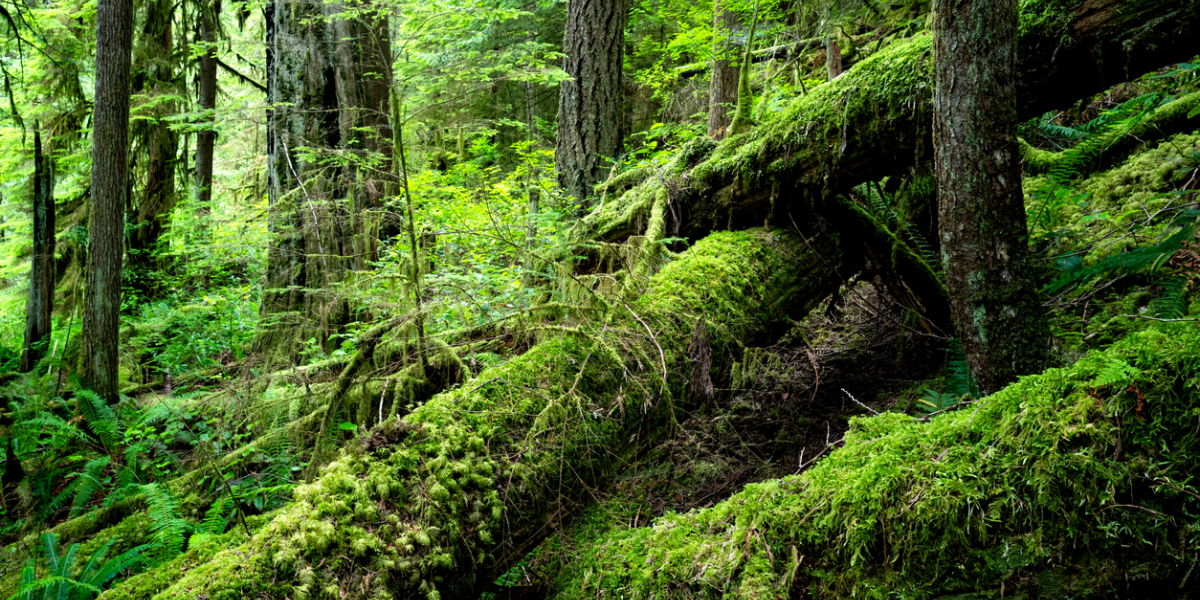
June 2, 2025
To halt and reverse biodiversity loss, Canada must protect the right areas, for the right reasons, in the right ways. As we strive to meet the “30x30” target—protecting 30% of our land and waters by 2030—success will depend not just on expanding the quantity of protected areas, but on making strategic, evidence-based decisions about what we conserve and why.
The world is experiencing the fastest rate of extinction in human history, with around 1 million animal and plant species threatened. Biodiversity loss has profound negative impacts on ecosystem functions such as pollination and pest control, affecting human well-being and the economy. Habitat destruction and fragmentation (i.e., splitting habitat into smaller and isolated patches) are two of the main causes of this loss, which highlights the urgency of protecting and conserving intact marine and terrestrial spaces. Amid this unprecedented biodiversity crisis, Canada took important action by co-hosting and championing the 2022 Kunming-Montreal Global Biodiversity Framework. It also pledged to protect 30% of its land and waters by 2030 (the “30x30 target”).
As we take action to reach this goal, it’s important to recognize that simply designating land as protected is not enough. Protection does not always translate into effective conservation and environmental gains. In fact, it may not produce meaningful benefits at all because the areas chosen to be protected are often not under threat. How we think about conserving land and waters and what we choose to protect matters more.
Canada’s forests and wetlands are global biodiversity hotspots. With nine percent of the world’s forests (the third largest forested area in the world) and 25% of the planet’s remaining wetlands, Canada is uniquely positioned—and obligated—to lead by example. But logging, forest degradation, wildfires and converting land for other uses threaten these ecosystems. Conserving them isn’t just good for wildlife, it also generates a myriad of ecosystem services and economic values, such as climate regulation, flood mitigation and cultural and recreational values.
Following international commitments in 2024, Canada launched its 2030 Nature Strategy, establishing targets for stopping and reversing biodiversity loss. The strategy also recognizes the need to protect and conserve areas with particular importance for biodiversity and ecosystem functions and services. As we wait for further details surrounding implementation, the Liberal government's plan to protect Canada’s nature, biodiversity and water is a good indication of what may come in terms of the policy agenda for biodiversity and nature. The plan includes, among other things, the creation of new protected areas.
This is a step in the right direction, as these areas could be a critical tool for biodiversity conservation. However, in practice, achieving “30x30” targets does not necessarily lead to selecting areas of high ecological importance. In fact, studies have found that existing programs tend to “pad the numbers.” They protect lands under little threat from development, areas that would have likely remained untouched anyways.
Effective area-based conservation policies not only protect areas that are under threat, but also ensure that the areas selected for conservation can help recover ecosystems, preserve ecological integrity and biodiversity and prevent fragmentation of ecosystems. Area-based conservation policies include protected areas, a geographic piece of water or land that is “recognized, dedicated, and managed to conserve its ecosystem.” These policies also include other effective area-based conservation measures (OECMs).
The concept of OECMs has gained attention in recent years. While protected areas are created to conserve biodiversity, OECMs are a novel approach to conservation where biodiversity is included in decision-making, regardless of the sector or differences in land use. The key characteristic of OECMs is that they can be used for a range of purposes as long as the management plan results in clear, measurable impacts to improve biodiversity conservation outcomes.
We have a long way to go. By the end of 2023, Canada has conserved 13.7% of its land areas and 14.7% of its water areas. In order to fulfil our commitments, Canada must more than double its areas of conservation in less than five years. We suggest the following priorities for Canada to protect and conserve effectively:
As part of Canada’s identity, nature should be at the forefront of decision-making. Halting and reversing biodiversity loss requires bold, evidence-based policies—not just the expansion of protected areas, but more strategic approaches to conservation that leverage the wealth of Canada’s natural systems. Success will depend on our ability to protect the right places, for the right reasons, in the right ways.